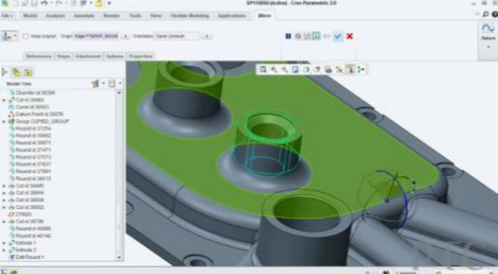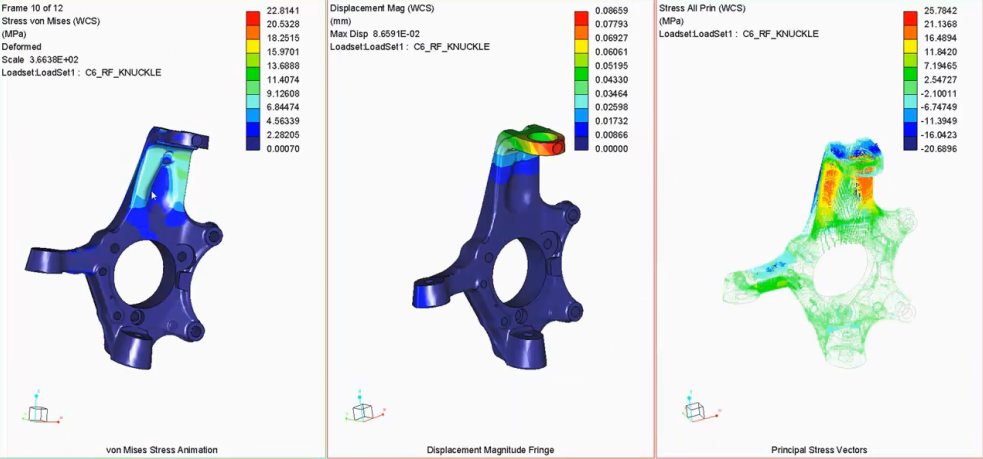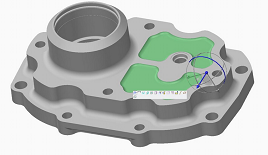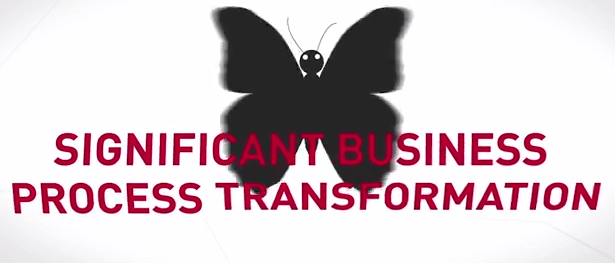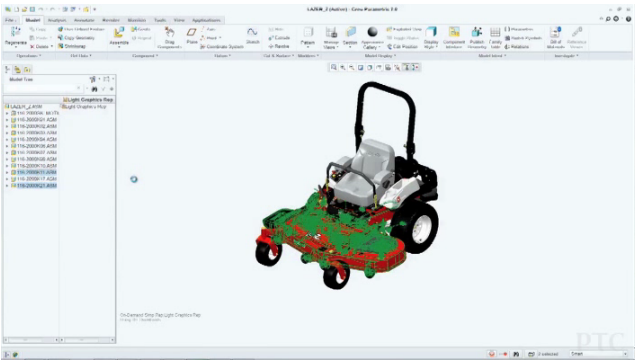Being able to access the benefits of design re-use and make the most of your legacy data relies on having the right tools and systems in place. In fact, many organisations face real challenges making the most of the data they already have. According to a recent survey completed by PTC, out of 7000 manufacturing organisations:
